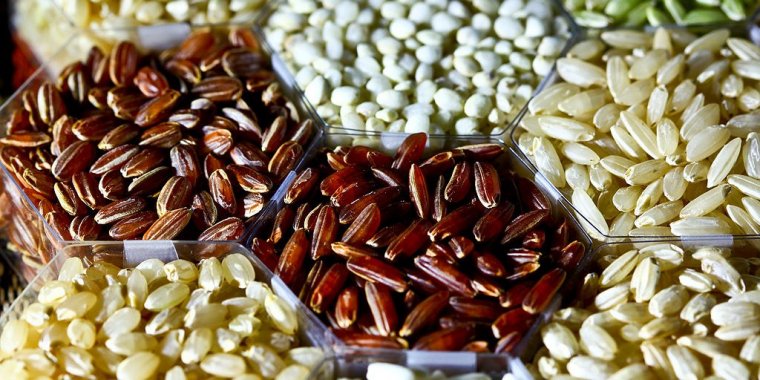| Health / Health News |
Colored Rice May Brighten the Menu for Diabetics in the Future
Rice bran contains bioactive compounds—extra nutrients that occur in small amounts in foods. Studies have shown that these compounds have the potential to promote human health.

Rice can come in many shapes, colors and sizes. ![]()
A health issue of great concern is diabetes—a disease that affects how your body uses blood glucose (sugar). Today, nearly 422 million people worldwide are affected by diabetes.
Agricultural Research Service (ARS) scientist examined the impact of brown, red and purple rice bran on mice fat cells as a model for developing methods to help with diabetes management. They studied the colored rice bran extracts' ability to stimulate glucose uptake in mice fat cells.
Glucose uptake is critical for people with diabetes, because their bodies are unable to produce enough insulin, which causes elevated glucose levels in the blood. Without proper medical care, diabetes can lead to heart attack, stroke, blindness, kidney failure and nerve damage.
The ARS study showed a significant increase in glucose uptake in mice fat cells exposed to colored bran extracts. Glucose uptake nearly tripled in mice fat cells exposed to red rice bran extracts and more than doubled with purple rice bran extracts.
While these results showed promise in using red and purple bran extracts to regulate glucose uptake in mice fat cells, additional research with humans is needed to verify the same positive effect. (U.S. Department of Agriculture)
YOU MAY ALSO LIKE





